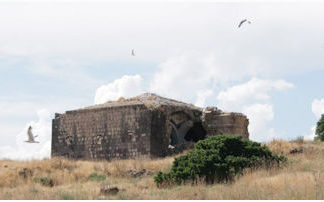By Samuel Ramani
In February, the Russian air force announced that MiG-29 fighters and other sophisticated aircraft were headed to Armenia, to a Russian base 25 miles from the Turkish border. Moscow promised Yerevan a $200 million weapons credit and announced talks aimed at making Armenia the host of an essential link in Russia’s regional power grid to Iran.
Armenia is a Russian ally and a member of the Russian-led Eurasian
Economic Union (EEU). Since the Soviet Union’s collapse, Moscow has funneled substantial military aid to help Armenia support the contested region of Nagorno-Karabagh, where an Armenian majority governs itself as an “island” surrounded by the nation of Azerbaijan.
But Russia’s commitment to Armenia has deepened in recent months. My research into Russia’s military policy suggests that Moscow has three goals:
- Draw a circle around Turkey
Russia’s tightening alliance with Armenia is part of its broader strategy of intimidating the Turkish government — and making sure Ankara does not down another Russian plane en route to Syria. The first prong of Vladimir Putin’s strategy involves placing Russian troops along Turkey’s borders, including the February deployment near the Turkey-Armenia border.








